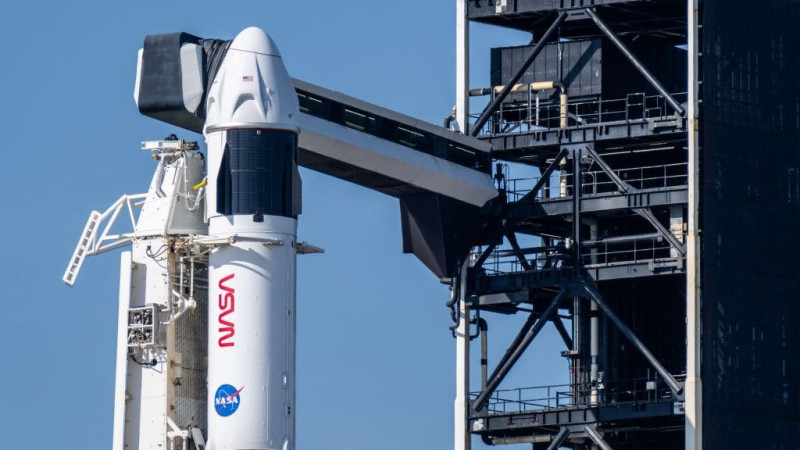SpaceX’s Dragon spacecraft, the backbone of America’s crewed spaceflight, was thrust into uncertainty this week after a dramatic public feud between Elon Musk and President Donald Trump. On June, Musk announced SpaceX would begin decommissioning its Dragon fleet “immediately,” following threats from the president to revoke government contracts with Musk’s companies The move sent shockwaves through the space industry, as Dragon is currently the only U.S. spacecraft capable of ferrying astronauts and supplies to and from the International Space Station (ISS).
Just hours after his initial statement, Musk reversed course, declaring that SpaceX would not retire the Dragon spacecraft after all The rapid back-and-forth left NASA and the broader space community on edge, highlighting the country’s heavy reliance on SpaceX for access to orbit. Since 2020, NASA has depended on Dragon capsules for crewed missions, especially as Boeing’s Starliner program continues to face setbacks.
The Dragon fleet is also integral to upcoming missions, including private astronaut flights and a NASA contract to help decommission the ISS by the early 2030s While SpaceX has previously limited Dragon production to four capsules, NASA’s ongoing needs have kept the spacecraft in active service.
For now, Dragon remains operational, but the episode underscores the fragile dynamics between private space companies and government partners as the U.S. looks to the future of human spaceflight.

